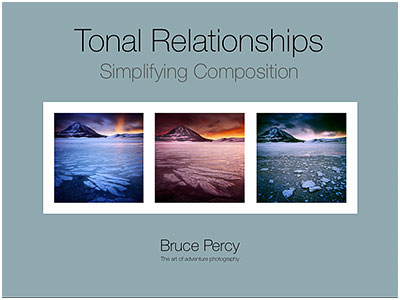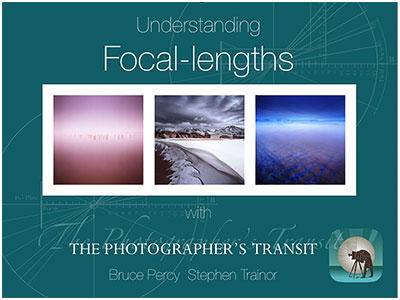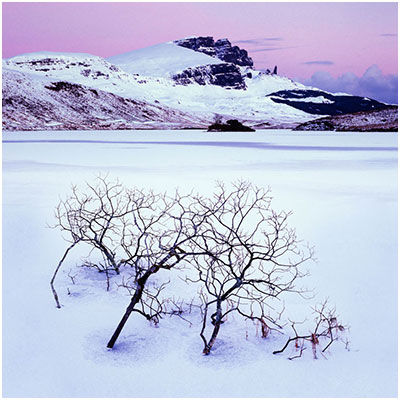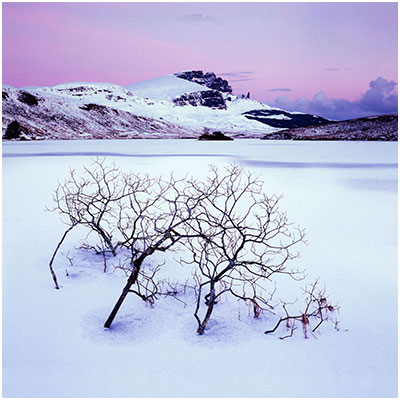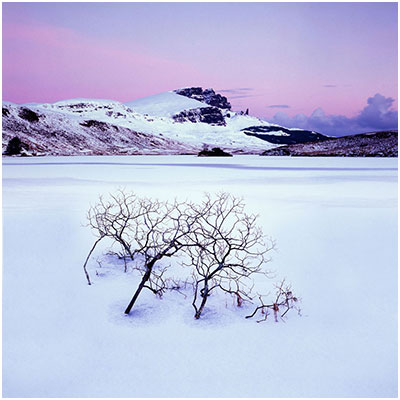Everyone sees differently, and if I give you any thoughts today about how I created my images, please bear in mind that there are many ways an image can be constructed. I am not advocating that mine is the only way, or the right way.
You should try to find your own way, and I think the best way to do that, is by listening to what others say - particularly photographers that you like, and figure out what parts of their process resonate with you. If it makes sense : use it. If it doesn’t, then discard it. The key thing is to think for yourself and to decide what works for you.
Image prologue
I often find myself responding to the elements. If it looks good: shoot it. Don’t attempt the ‘I’ll come back for that one, as the reason you like it now, is because it’s working now. I’m not one to sit around for hours anticipating a good shot at a particular place. That’s a bit like trying to predict the stock market.
Interestingly, to contradict this, I don’t like chasing photographs either. Come on a workshop with me and you won’t find me chasing the weather forecast. You can often find something where you are right now. I prefer to stay where I am, and I seem to take a perverse delight in not knowing what the forecast is. My reason for this is - I don’t know what I’m going to want to shoot until I see it, and trying to put some kind of formula onto my shooting by watching or expecting certain weather patterns is just pointless in my view.
The adage remains true: if you don’t go, you don’t get. Or f8 and be there.
And I’ve had many workshops where the forecast didn’t look promising (for me - it’s usually a case of it being too sunny) only to find out that we found things to shoot and had a great time. You always find something.
The image
But this photo is a mixture of serendipity and of also waiting. I’ve been to this location many times and I’ve never seen it quite like this. It was snowing very heavily, and there wasn’t a breath of wind. So I knew that any small trees I used would be stationary for long enough. When I did find this composition - a small tree at the verge of the road that I’d never seen before, I knew that it would fit nicely with the background trees when the snow was blowing through. The sun was right in the centre of the frame and it kept popping through the snow clouds a bit too much causing a lot of extreme contrast. So once I settled upon the composition, I had to wait it out for about 10 minutes hoping the cloud front would thicken and obliterate the sun enough so I could record it on film without over exposure.
Learning to anticipate what the weather is going to do in the next few minutes is a good thing, but I often give myself a ‘time-out’ period and if I’ve been waiting far too long, I tend to abandon the shot and go find something that is working. I’m not in the fortune telling business. I’m here to work with what’s working now.
I used a telephoto for this lens. A 150mm lens on my Hasselblad, which relates to around 75mm on full 35mm format. The background trees were far away, so I had to pull them in and isolate them from the other noise outside the frame. But this left the foreground tree too large in the frame. So I had to walk back periodically into the middle of the road to get this shot.
Zooms shouldn’t be thought of as ‘how much you’re getting in, or how much you’re excluding’. They are really powerful at changing the emphasis between background and foreground. My trick is to do this:
Set the focal length to make the background the size I want.
Move forward or backwards to change the foreground to the size I want.
You see, once you set the focal length, no matter how many feet you walk forward or backwards, the background size remains unchanged. So once you set the focal length, your background is now fixed. Which then means you need to move forward or backwards to fit in your foreground. Moving a few feet either way can change the size of your foreground dramatically, while keeping the background the same size.
I’ve mentioned it many times, but for beginners, zooms are counterproductive. You tend to stay rooted in one spot and instead of walking around, tend to zoom in and out to get the foreground AND background to fit the frame. So you have two variables that change at the same time.
It’s much easier to work with one variable as a beginner, than two.
With a fixed focal length you have one variable to work with. Since you can’t change the size of the background, you only have the foreground to change. It makes for simpler composition if you only have one thing changing when you move. And besides, primes force us to move around the landscape - and that’s just great as they force us to discover things we wouldn’t have noticed by standing still.
Please don’t misinterpret what I’m saying. I am not saying that zooms are bad. Zooms are for the experienced shooter. Not the beginner. I just think that as beginners, working with fixed focal lengths is easier to master and as you become more experienced you can migrate up to zooms.
If you already own zooms, I’d suggest you try to prevent yourself from just standing still and zooming in/out to get a good shot. Instead, try to think of your zoom as a collection of fixed focal lengths. Try setting the zoom at 24mm, 50mm and 70mm and when you choose one of these, move around to see how the scene fits into the frame. Try to avoid micro-adjusting the focal length. In other words:
Zoom to fit the background into the frame the size you want it to be.
Move backwards and forwards to introduce / remove foreground elements until you get a good balance between background and foreground.
Back to the image
This image works well because I have the proportions between background trees and foreground tree about right. It also works well because I used the weather conditions to reduce the contrast of the sun to a manageable exposure.
It’s one of my favourites from this year’s Hokkaido trip. I’ve been to this place many times and yet this is the first time I saw this composition, which just goes to prove that nowhere is truly ever ‘done’ and going back and back again is always advantageous.


